Tornado’s 50th anniversary to be remembered with updated museum display

Press photo by Bob Steenson
By Bob Steenson, bsteenson@charlescitypress.com
May 15, 2018, will mark the 50th anniversary of the monster tornado that devastated a significant portion of Charles City, killing 13 people, injuring more than 400 and destroying hundreds of homes as well as businesses, churches and schools.
To commemorate that event, the Floyd County Historical Society is planning a major update to its existing tornado display, including the use of new technology.
Adam Nielson, a master’s degree student at the University of Northern Iowa, is spearheading the project, which will include an interactive kiosk at the county museum.
Nielson worked at the museum last summer as part of an internship for his bachelor’s degree, also from UNI. After he received his Bachelor of Arts in history, Nielson started his master’s degree projects and needed another internship.
“Having spent three-quarters of a year here and helping Mary Ann (Townsend, the museum director), I noticed we were having a milestone anniversary coming up with the tornado,” he said.
“I thought it might be nice to create an exhibit for them that commemorates this milestone,” Nielson said. “It was a very tragic event, but one still worth remembering. It was very much a game-changer for this town. It drastically redesigned downtown.”
Nielson talked with Townsend and with members of the Floyd County Historical Society board about the project and was met with enthusiasm, he said.
“The museum already has a pretty good collection of photos and other items that people have donated, a lot of newspaper clippings,” he said. “It was a very well-covered story for many, many months.
“We’ll be incorporating a little bit of that, diving into the audio archives of KCHA, seeing what other things might be out there that have not been discovered,” Nielson said.
WHO-TV in Des Moines was in Charles City a few days after the tornado to chronicle the damage and to cover the receipt of a substantial gift given to the city to help with recovery. Nielson said he is trying to get hold of a copy of that video, as well.
In addition, the museum is seeking donations or loans of other mementoes, photographs, movies or personal recollections from people who lived through the tornado.
He said he will be reaching out on social media, and “word of mouth is great advertising.”
“We’re trying to let people hear the voices of people who experienced the event,” Nielson recently told the Floyd County Board of Supervisors.
Nielson and Dean Tjaden, a member of the Floyd County Historical Society board, approached the supervisors with a request for a $5,000 contribution toward the project, specifically to help fund a kiosk with an interactive display.
“We want to bring ourselves up to date with technology,” Tjaden said.
Nielson told the county board he would like to arrange for the community tornado warning siren to sound at the time the tornado struck on May 15, but acknowledges there may be regulations against that.
If sounding the siren isn’t possible, or perhaps in addition to it if it is, he would like a church or churches to sound their bells 13 times — once each in memory of the persons who were killed by the tornado.
Tjaden said the historical society board would appreciate any support the supervisors could offer, but the museum is going ahead with the project in any case.
“We can use internal funds,” he said. “This isn’t going to not get done because of lack of funding.”
Nielson told the Press the kiosk will be a focal point of the updated exhibit. A large touch screen will allow museum visitors to scroll through timelines and photos and other media.
Display cases will be updated with more items, and larger copies of historical photos will be displayed, he said.
“I’m just getting started into the boxes of photos,” he said.
“We had a donation of photo negatives from the Northwestern Bell Co., and they were pictures that their insurance photographer had taken of phone repairs, damage of phones. There’s a real neat one of the operators with temporary lighting and plastic draped over them, running the boards trying to get phone calls made in and out.
“What we take for granted today with our cellphones — when that goes down how chaos can run as people are trying to find their loved ones and get word out to their loved ones that they’re OK,” he said.
“I want to capture that emotion in our photos,” he said. “We see pictures of devastation, but we don’t remember the compassion that comes with it. Pictures of the Red Cross setting up a food kitchen at the Lutheran Church next door, and people running registries of where the injured went and, unfortunately, the 13 fatalities.
“Those are things that people also need to remember. It’s not just a name on a plaque dedicating an event. These people were living, breathing members of the community. And so we need to keep the human factor to the exhibit,” Nielson said.
Nielson, who is 36, married with two children and who has lived in Waverly the past 15 years, said he hopes to get his master’s degree in history with an emphasis on public history by May 2019, then “look for a museum that needs a young professional to help carry it along.”
“I love museums. I’ve always found history fascinating,” he said.
“People talk about the history books as being boring facts and figures, but it’s more than that, and that’s what a museum brings to the table,” he said. “We have the facts and the figures, but we also have the objects to bring it to life.”

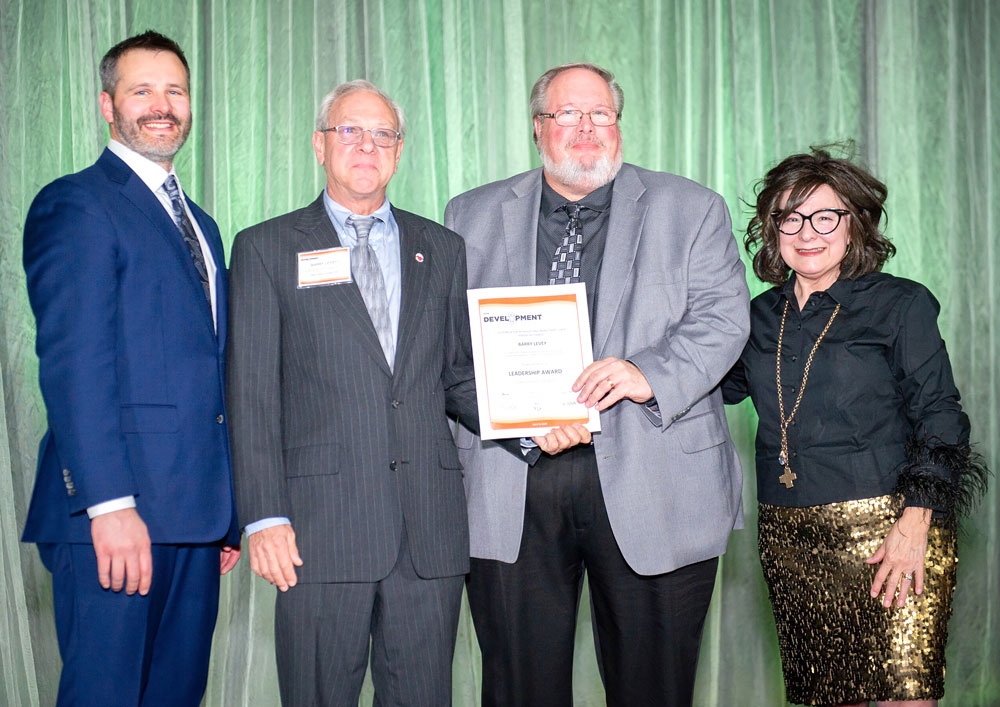
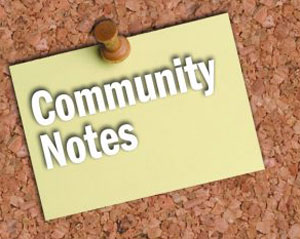

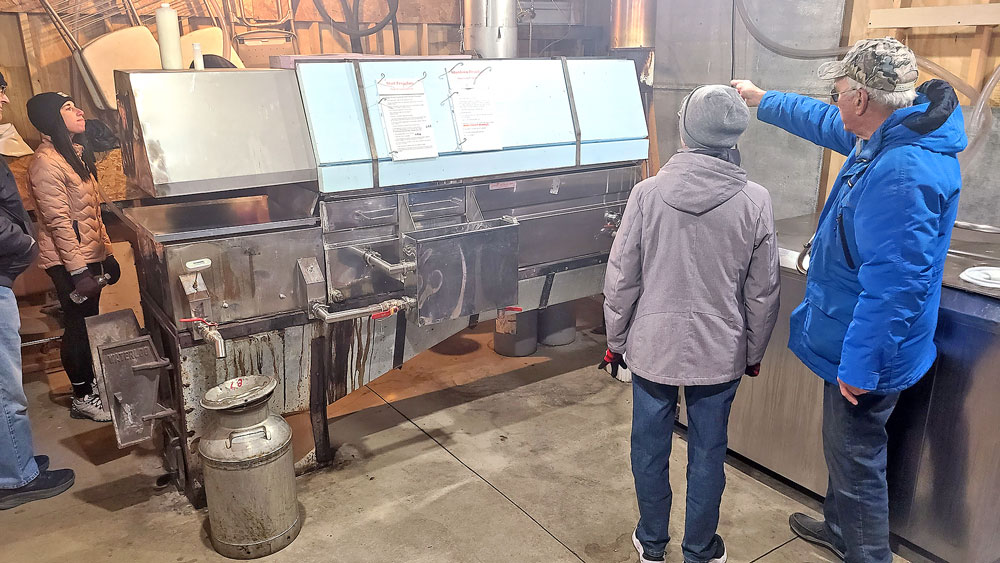
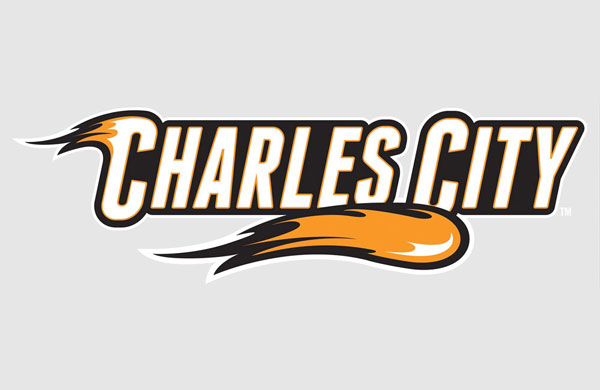
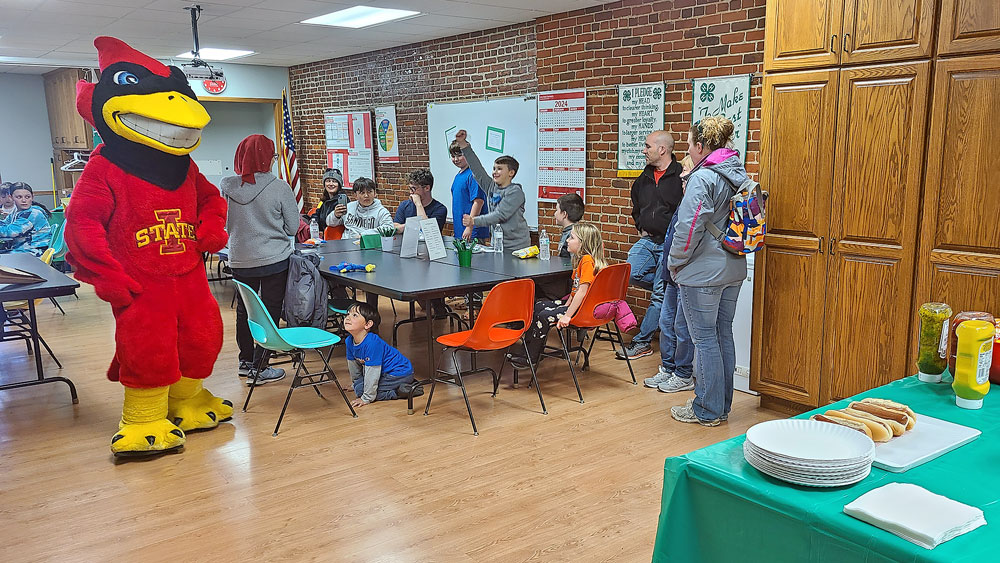


Social Share